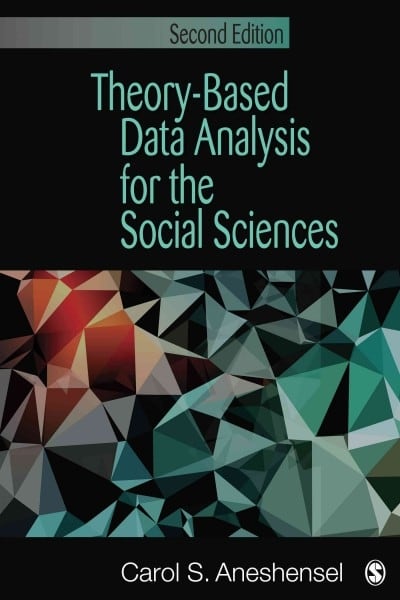Question
example of reflections (early childhood education and care) that would be written showing how the plan is going, benefits of child's progress, what's good about
example of reflections (early childhood education and care) that would be written showing how the plan is going, benefits of child's progress, what's good about the plan and what needs to be changed based on this example below
A long-term goal for Tyler is to slowly teach Tyler to communicate although I am not expecting Tyler to communicate verbally, I would really like to try and have him communicate via sign language. Due to previous observations, I have noticed that Tyler is very capable of learning (able to lay colours in order) and it would greatly benefit him to be able to communicate before he goes to school.There is no time like the present to get Tyler ready for schooling and having the ability to communicate with others and actually feel heard/understood. A lot of our educators within the service are very knowledgeable in sign language. I myself would be more than happy to stay with Tyler and throughout the day slowly bring in signs while interacting with Tyler e.g. sign food/eat when he's sitting down eating or looking at food. I would also have the educators within the Kindy room and the lunch covers on the plan and if they don't know particular signs to teach them as well as post them on the staff room board. I would also teach the signs to the children to provide further assistance with Tyler as hopefully his communication progresses. I believe that providing Tyler with the opportunity to express himself as well as have his needs met would be so very beneficial. Tyler would be able to communicate with educators and eventually if everything goes to plan the other children in the room, he would be able to actively join in on experiences even if unable to play with children he would be able to play along side and if needed can sign particular items and things he would like. |
| Capitalizing on Tyler's abilities and interests is critical to support his inclusion and facilitate his sign language acquisition. Tyler's significant interest in specific activities such as form puzzles, stacking blocks, and spinning wheels can be incorporated into inclusive activities involving other children by educators. Setting up a collaborative shape puzzle or block stacking space where children may work together on a larger project, for example, may promote social connection. Recognizing and respecting Tyler's preference for independent play is also crucial, so opportunities for parallel play with peers, rather than direct interaction, might be good. Tyler's sensory interests can be addressed by introducing sensory play activities within the curriculum, such as textured materials or activities that engage several senses. When teaching sign language, it is critical to accommodate Tyler's specific communication preferences. Tyler demonstrates hand-flapping and rocking actions; thus, introducing signs with hand movements may be consistent with his natural preferences. Beginning with signs relating to his interests, such as shapes or sensory sensations, will help him enjoy the learning process. Using visual aids such as flashcards that include both the sign and the appropriate object or activity will help him understand better. Furthermore, frequent reinforcement and positive reinforcement tactics, such as praise or small rewards, might encourage Tyler to utilize sign language as a mode of communication. Collaboration with speech and language therapists or specialists can also give specialized communication tactics. |
|
An area set up within the room that is filled with Tyler's interests will be greatly appreciated by Tyler and give him the ability to have an area of the room where he can always find items that comfort him as well as the signs for the names of the different items. This will not only incorporate signs but also could possibly provide Tyler with the ability to ask for them when needed if they get taken from the area.
Step by Step Solution
There are 3 Steps involved in it
Step: 1

Get Instant Access to Expert-Tailored Solutions
See step-by-step solutions with expert insights and AI powered tools for academic success
Step: 2

Step: 3

Ace Your Homework with AI
Get the answers you need in no time with our AI-driven, step-by-step assistance
Get Started


